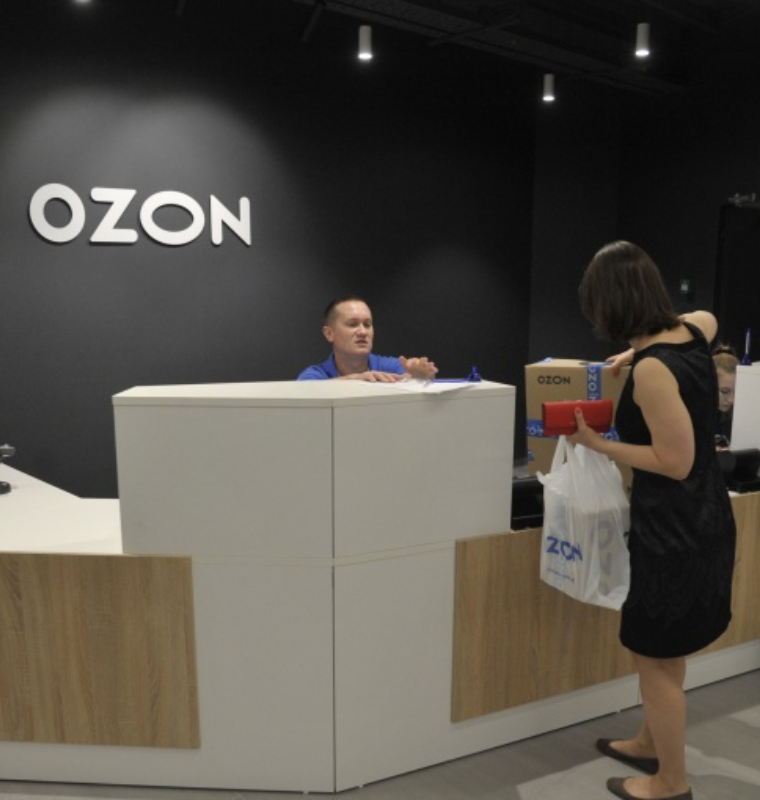Honda's Operating Profit Plummets 76% in Q4 Amid Tariff Pressures and Global Uncertainties
Honda's Operating Profit Plummets 76% in Q4 Amid Tariff Pressures and Global Uncertainties
By
Junia Wells
Last updated:
May 13, 2025
First Published:
August 3, 2025

Automative Dive
Overview
Honda Motor Co., Japan's second-largest automaker, reported a significant 76% drop in operating profit for the fiscal fourth quarter ending March 31, 2025. The company's operating profit fell to ¥73.5 billion ($487 million), starkly missing analyst expectations of ¥275.5 billion. While quarterly revenue aligned with forecasts at ¥5.36 trillion ($47.26 billion), the substantial profit decline underscores the mounting challenges Honda faces amid global economic headwinds and trade tensions.
Annual Performance Highlights
- Revenue: For the full fiscal year, Honda's revenue increased by 6.2% year-over-year, reaching ¥21.69 trillion ($191 billion), slightly surpassing the average estimate of ¥21.63 trillion.
- Operating Profit: Despite revenue growth, operating profit declined by 12.2% to ¥1.21 trillion ($10.6 billion), falling short of the projected ¥1.41 trillion.
- Net Profit: Net profit for the year decreased by 24.5%, totaling ¥835.84 billion ($7.4 billion).
Impact of U.S. Tariffs
Honda attributes a significant portion of its financial downturn to the imposition of U.S. tariffs on imported vehicles and auto components. The company estimates that these tariffs could result in a ¥650 billion ($4.3 billion) hit to its operating profit for the fiscal year ending March 2026. Efforts to mitigate these impacts, such as shifting production and adjusting logistics, are expected to recover approximately ¥200 billion.
In response to the tariffs, Honda has decided to produce its next-generation Civic hybrid in Indiana, USA, instead of Mexico, to avoid potential import duties.
Future Outlook and Strategic Adjustments
Looking ahead, Honda projects a 59% decline in operating profit for the fiscal year ending March 2026, forecasting earnings of ¥500 billion ($3.38 billion). The company also anticipates a 70.1% drop in net profit to ¥250 billion ($1.7 billion) and a 6.4% decrease in revenue to ¥20.3 trillion ($178 billion).
To navigate these challenges, Honda is implementing several strategic measures:
- Production Realignment: Shifting vehicle production from Mexico and Canada to the U.S. to minimize tariff exposure.
- Investment in Electrification: Investing over $1 billion in Ohio-based plants to produce internal combustion engine vehicles and fully electric models, including domestic battery production.
- Dividend Policy Change: Transitioning from a dividend payout ratio to a "dividend on equity" approach, with a forecasted increase of ¥2 per share, totaling ¥70 per share for the current fiscal year.
Termination of Merger Talks with Nissan
In February 2025, Honda and Nissan announced the termination of their $60 billion merger discussions. Disagreements over the merger structure, particularly Honda's proposal to make Nissan a wholly owned subsidiary, led to the decision. Despite the failed merger, both companies expressed intentions to continue collaborating on electric vehicle development and other strategic areas.
Honda's recent financial results reflect the broader challenges facing the global automotive industry, including trade tensions, shifting consumer preferences, and the transition to electric vehicles. The company's proactive measures, such as production realignment and investment in electrification, aim to position it for long-term resilience and growth amid an evolving market landscape.
Popular articles
Subscribe to unlock premium content
The Rise of Ultra-Luxury Wilderness Retreats in Siberia for High-Net-Worth Investors

Remote Himalayan Villages Transforming Ancient Traditions into Lucrative Wellness Ventures

The New Frontier of Investment in African Artisan Mining Communities

The Rise of Ultra-Luxury Wilderness Retreats in Siberia for High-Net-Worth Investors

Remote Himalayan Villages Transforming Ancient Traditions into Lucrative Wellness Ventures

The Rise of Ultra-Luxury Wilderness Retreats in Siberia for High-Net-Worth Investors









